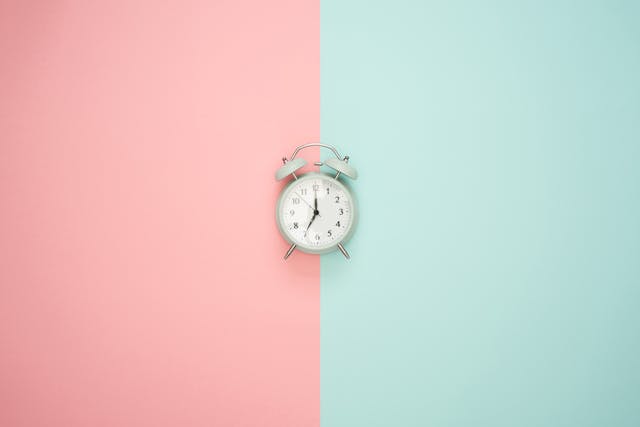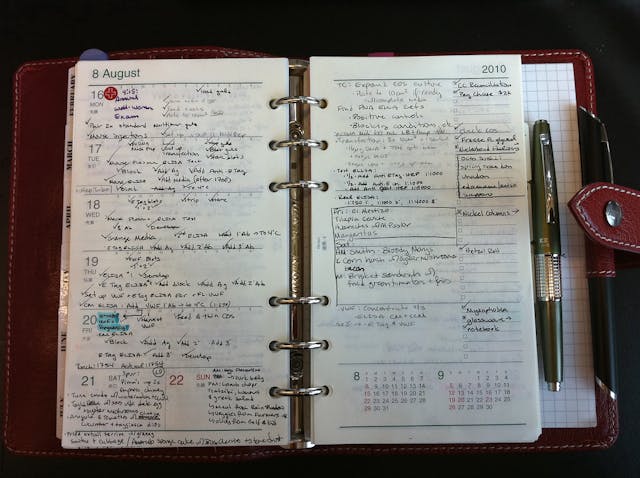
Rethinking Email as a To-Do List
Email revolutionized the way in which we communicate. But it's become annoying. Here is a new way of thinking about managing your inbox.
"I love email!"
That's a phrase you don't hear often (maybe ever). But why?
Since its inception (around 1993 or so), email has revolutionized the way in which we communicate. To many people, like myself, paper mail has become annoying. It's not a fast, efficient, or sustainable way of communicating. Email changed that. Email gave us a way of communicating in writing in real time. That's pretty cool.
But, over the last 20 years, email has grown more and more annoying. I would bet the majority of the items in your inbox are marketing messages. And, of those that aren't marketing messages, there's still a lot of leftover noise. Social media notifications, e-commerce receipts, calendar reminders.
And of those messages that you care about -- the ones that require action -- how many are covered up by other emails only to get lost in the shuffle and never completed? In many ways, your inbox can be like that old paper inbox on your desk -- it just keeps piling up, and what trickles to the bottom gets lost in the stack.
Too much time is spent deleting emails you didn't want in the first place, and of those we need to do something about, it's difficult to keep track of them -- to remember to actually complete the task. To combat what email has become, we need a new way of thinking about email in general. Let's do it in three steps.
Step 1: Remove the Noise
As mentioned, there's a lot of noise in your inbox. Noise are email messages that don't require action. They could be notifications or they could be an advertisement. Noise is a big part of most people's inboxes (and I have no proof to back that up).
Spam filters can alleviate some of the noise. But as good as they may be, they'll never be perfect, simple because they can't read your mind (no matter how much they claim to).
So, first thing is first. Look into blocking/unsubscribing to the messages you don't want. I know, I know. It's annoying. It takes time. But, use that hour it takes to unsubscribe as an investment and a time savings in your future.
To help, look into a service like Unroll.Me. It will unsubscribe the messages you really don't want, while it can roll up the messages you like. It holds those messages and presents them to you in one email that you can parse and read the messages that might be interesting.
I like the service, and I do a regular check to block more marketing messages, as I get signed up for more lists I didn't want to be on.
Step 2: Redefining Inbox
It's a shame the term inbox persisted to electronic messages because it gives you the expectation of functioning like a traditional inbox did. But, it doesn't have to. Stop considering an inbox to be a collection of messages. That's what it appears to be, given the structure and function of most email applications, but that's not what it needs to be. Instead, think about your email inbox as a to-do list -- a collection of tasks you must complete. And, just like a to-do list, for some items, you can say, "I don't need to do this," and toss the task in the trash. With others, maybe you have to do it, but you don't want to do it now.
Good, so now we have a new definition for an inbox. Let's learn how to use it.
Step 3: Finding the Right Tool
With this new philosophy, there's a bottleneck in using traditional email applications -- there's no good or efficient means of putting this practice to use. Maybe you've even tried many approaches -- using folders, tags, calendar reminders, etc. Maybe you've found a process that works, but my guess is if you're still reading this, you're looking for something else -- what you have isn't quite good enough.
You need a tool to help you.
There are two apps I've found that take this approach -- Inbox (by Google) and Mailbox (by Dropbox).
These apps are new and they certainly have their limitations. But they force you to change the way you use your email inbox. If I were to give you any advice in testing one of these tools, it'd be to stick with it. You're not going to love it overnight (probably). In fact, you may dislike it for a week or two. But once you make it part of your email workflow, you'll love it.
By first cleaning up and then changing the way you use email, you can spend less time reading email and more time getting stuff done.


